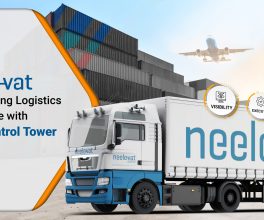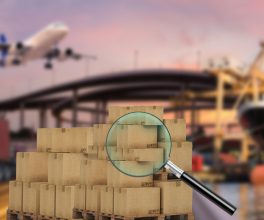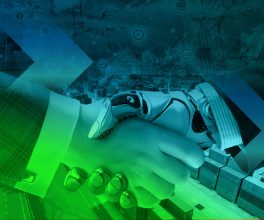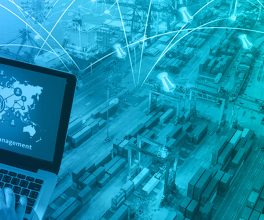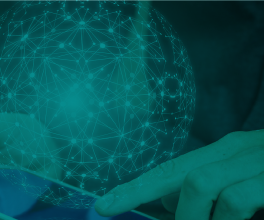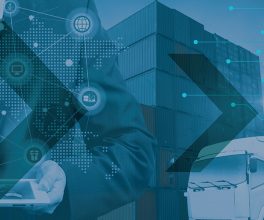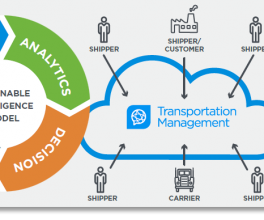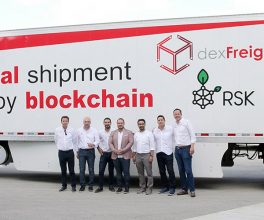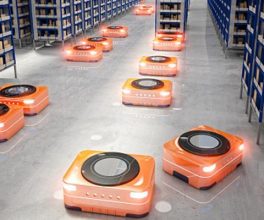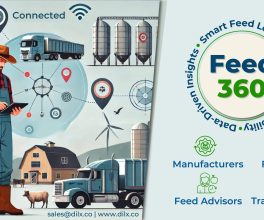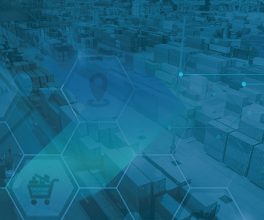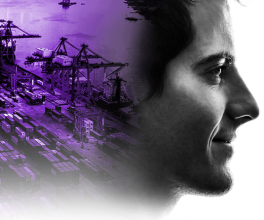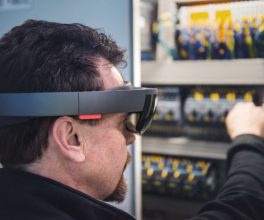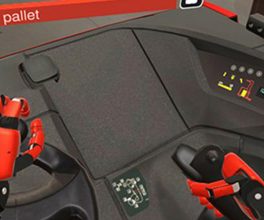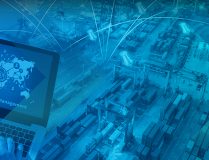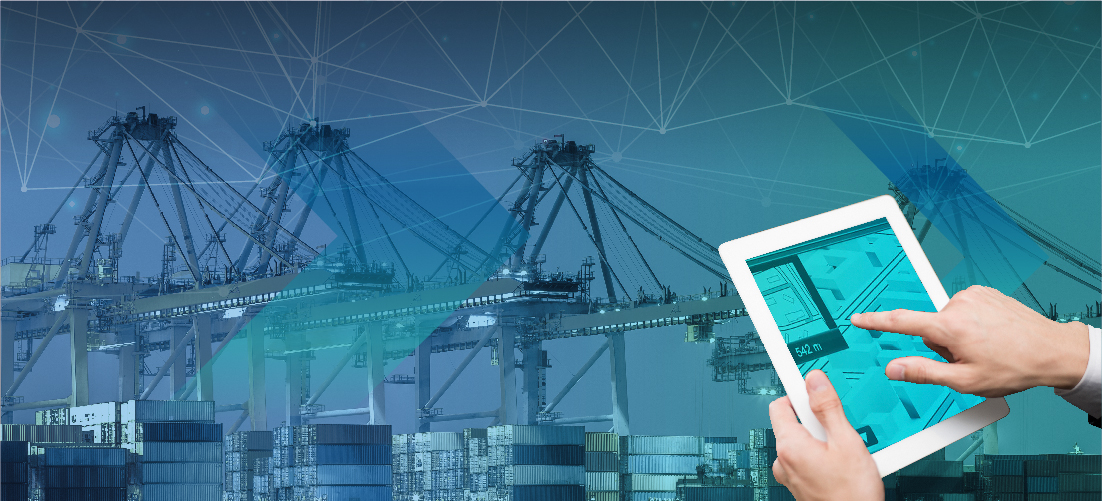No industry is immune to the changes brought about by digitization. A well-versed digital strategy, regardless of the industry, is what provides you with a competitive edge. Digitization, today, is reshaping the functioning of the logistics industry – the market dynamics and value pools.
The shift of value pools and challenges in the supply chain Industry
Economical measures:
The changing set of data-driven economy; shipping and tariff costs disruption led to an imbalance in business value margins. Leveraging data to its potential ensures economic sustainability.
With keeping a clear focus on financial aspects of the business at the centre, the evolving complex operational models would create a fear of change which contribute the inertia to compass sustainable supply chains
Collaborative business network:
Automated decision making, setting effective operational efficiency and real-time integrated logistics result in better decisions.
Why collaborative business ecosystems are key to save supply chain business disruption, is because if one player needs a helping hand, another is always ready, as the ecosystem is immensely interconnected.
Having helped transform the operating and performance models of most major enterprises over the last few decades, many supply chains are now playing an even more central strategic role.
They are helping lead their businesses into the dynamic, hyper-connected, and collaborative world of ecosystems. In doing so, many are now creating and leading more complex systems perhaps better characterized as value webs. The word “chain” has a powerful metaphoric logic that captures well a series of discrete links by which goods are bought, have value added to them, and are sold to the next value-adder—up until an end buyer consumes them. This remains of critical importance. However, increasingly, value is being created not only within firms but in the rich interactions between them.
Global Shipping Business Network on one side is taking help from shareholders of shipping line giants’ like CMA CGM, COSCO Shipping, Hapag-Lloyd, Hutchison Ports, OOCL, Port of Qingdao, PSA International and Shanghai International Port Group (SIPG) and arranging consortium which will then form a platform to improve transparency and efficiency for cross-network operations.
Continuously Evolving CX:
Dynamically changing customer mindsets, conflicting demands due to fragmented ecosystems, megatrends reshaping the global customer experience requires the business to re-invent their business model.
Customers today are more present than ever. If a customer before buying a car looks up on the internet and fails to find the same product at the dealer shop, the customer would give buying it a second thought. Thus it’s necessary to be on toes to mark the presence of your brand equally on all mediums.
When customers need complete visibility power, there are going to be some challenges to achieve it!
The complete visibility is not just limited to the customers now. Mid customers such as manufacturers, vendors, everyone wants visibility on the process. Thus the whole chain has to be transparent, and anyone can keep a tab over the whereabouts of its goods.
Managing Intercompany/debt./data systems of the organization in silo & to change their traditional hierarchical structured environment is a huge challenge and with that its not an easy task to make data work for you in terms of gaining insights for analyzing future trends.
The industry has evolved and is completely customer-centric today! We do not brand the products we want to sell, instead focus on the product that the customer needs. Automated customer service systems, also called “virtual agents” are designed to help customers, perform basic tasks, or solve problems without any human interaction.
Walmart is adding 1,500 robots to hundreds of stores across the country to help with tasks like cleaning and stocking shelves’, scanning inventory or even interacting with customers. The customer transcends the traditional profit and cost centre paradigm, occupying the central role in growth strategies, productivity gains, advocacy, and organizational or brand reputation.
Value-Added Services
VAS at one point in time used to be just for players who would take an extra step just to brand themselves; but today it is a necessity, as VAS services have changed the way the landscape of supply chain looks. With VAS, the industry has experienced customer retention and also increase in promoters.
SOS Decarbonization:
SOS Decarbonization is not just a word, but it embeds the whole meaning, that there is not much time when all companies would face compliance or imposing stricter regulations for emitting CO2.
Most organizations are very pressed to inculcate carbon footprint reduction strategies into their operations. Some of the motivating factors include; intensification of regulation, corporate image damages, evolving environmental criteria as the basis for competitiveness.
Green or Carbon Efficient Supply Chain Management (GrSCM) has been defined as integrated environmental strategies directed at supply chain management, which include product design, material sourcing and selection, manufacturing processes, delivery of the final product to the consumers, and well to wheel product management with a detailed understanding of industrial symbiosis.
It is generally perceived that Carbon efficient supply chain (CESuC) promotes efficiency and synergy among business partners and their lead corporations. This helps to enhance environmental performance, minimize waste and save cost.
MAERSK has achieved a 41% relative reduction in CO2 emissions from its activities compared to 2008, now aiming for a 60% reduction relative to cargo moved by 2030. It has been aligned with the International Maritime Organization’s strategy for greenhouse gas reductions in shipping.
Secure and Connected System:
Well secure and connected systems are about IoT. With IoT, huge tech companies have implemented different research. To improve the IoT-connected supply chain, cybersecurity strategies need to move beyond a single enterprise’s digital infrastructure and encompass all the players within the value chain. In other words, it’s time to stop thinking like hackers and start bringing the risk-based, end-to-end perspective of supply chain professionals to the resistance.
Driving parties should have belief and willingness to learn the right amount of skills required to change the business dynamics. Also, once they are ready to adopt new technology, players have their own concerns about transitioning and backup solutions if new technology didn’t work well.
Soo, these are the major value pools and challenges due to Digitization. Without Digitization, we would have been using the same traditional methodologies, showing no advancement till now or for the coming years.
Challenges to cope with the traditional business operation and adopting several shifts along with capital risk is a big step towards the Digitization. A digital strategy must be aligned with Data, Technology, as well as a Business strategy. Avoiding a holistic approach fails the digital strategy. A cohesive take is essential for sustainable development.
We have tried and covered all the areas of the SC ecosystem, yet things are quite complex when it comes to the industry which single headedly contains such an enormous amount of different businesses, as all the players are interlinked with some way or the other. Rightly said, “every problem has a solution”.

